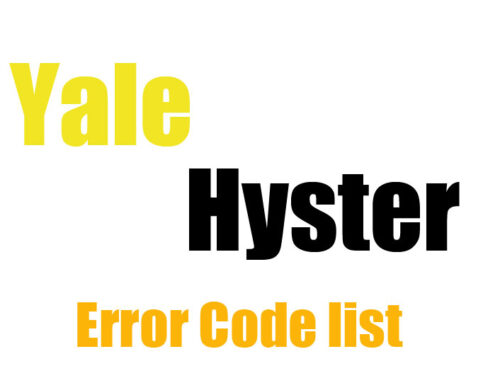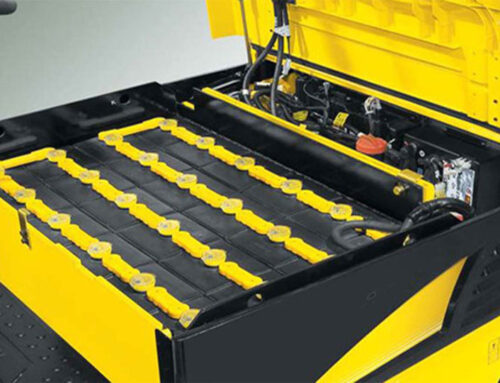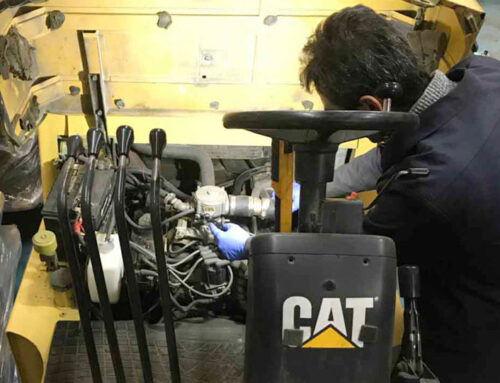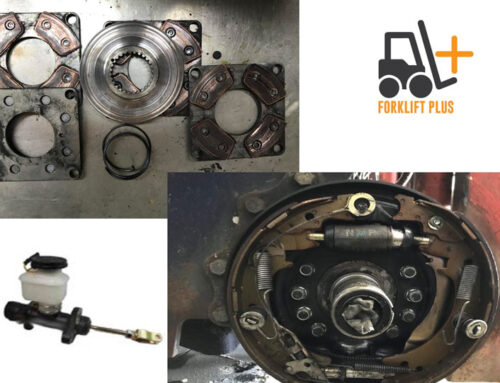Ensuring Safety: Proper Cable Management in Electric Forklifts
Electric forklifts have revolutionized warehouse operations, offering efficiency, reduced emissions, and quieter operations compared to their traditional counterparts. However, ensuring safety in these powered machines goes beyond just proper operation; it extends to meticulous attention to detail, particularly in cable management.
One critical aspect often overlooked is the length and placement of electric cables, especially those connected to the battery. Improper management of these cables can lead to severe consequences, including fire hazards, damage to electronic components, and even the risk of accidents or injuries. In this article, we’ll delve into why proper cable management is essential for electric forklift safety and how to prevent potential accidents.
The Dangers of Improper Cable Placement:
Imagine a scenario where the battery cable of an electric forklift hangs loosely outside the designated space, or worse, trails along the chassis of the vehicle. Such negligence may seem trivial, but it opens the door to a myriad of risks:
- Fire Hazard: Exposed cables are susceptible to damage from various sources, including friction, sharp edges, or accidental contact with other equipment. Any damage to the insulation can lead to short circuits, sparks, and potentially ignite flammable materials nearby.
- Electronic Component Damage: Modern electric forklifts rely heavily on sophisticated electronic systems for their operation. Exposed cables increase the likelihood of these sensitive components getting damaged due to environmental factors or mishaps, leading to costly repairs or replacements.
- Risk of Accidents: Loose cables pose a tripping hazard for operators and pedestrians working in the vicinity. A simple trip over a cable can result in falls, injuries, and even more severe accidents if the forklift is in motion.
- Internal Wiring Compromise: Internally, loose cables can interfere with the proper functioning of the forklift’s systems. They may get entangled with moving parts, obstruct ventilation pathways, or cause interference in signal transmission, leading to operational inefficiencies or malfunctions.

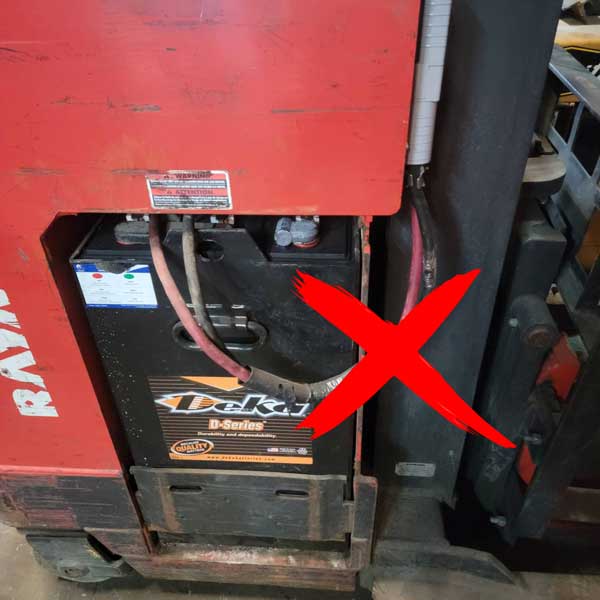
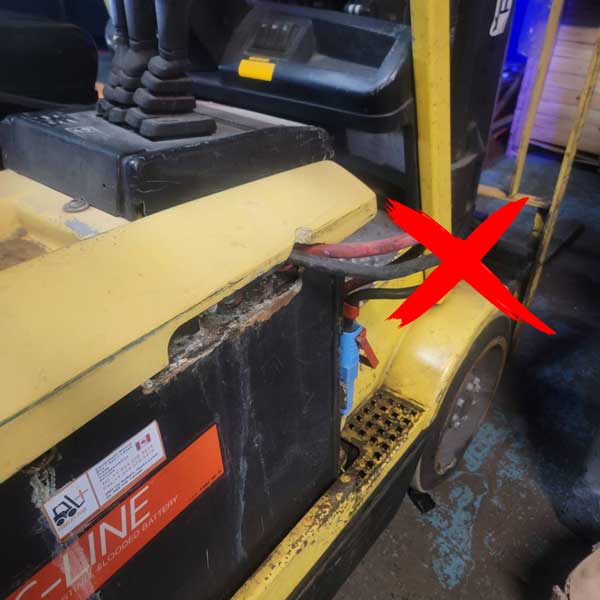

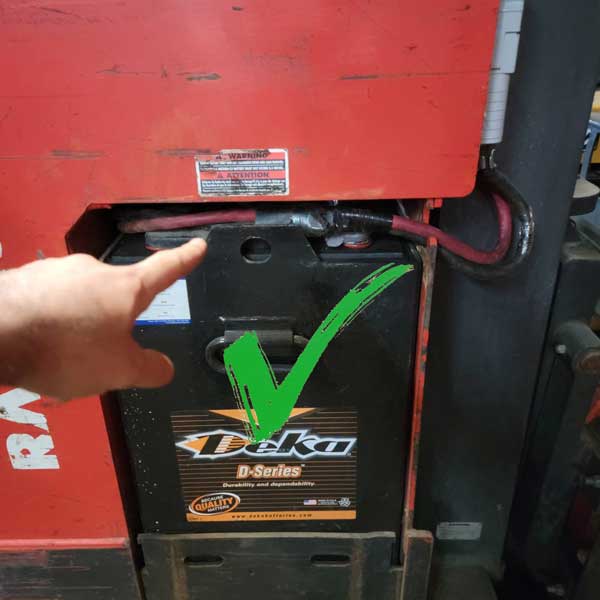
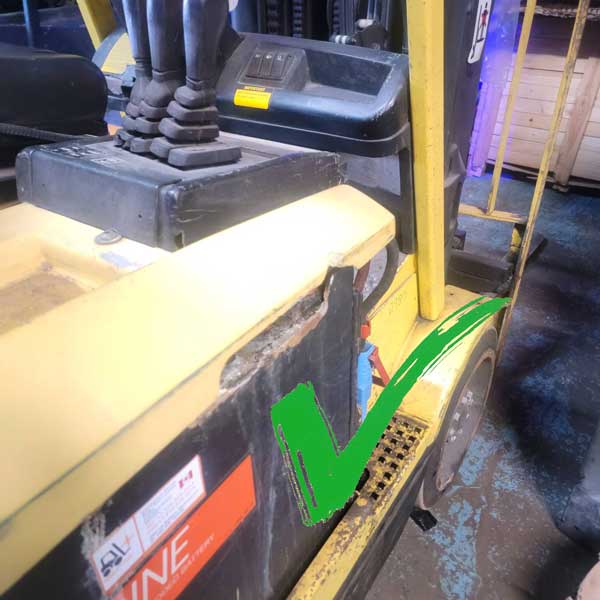
Ensuring Proper Cable Management:
Preventing accidents related to cable management requires a proactive approach and adherence to best practices. Here are some guidelines to follow:
- Secure Cable Routing: Ensure that all cables, especially those connected to the battery, are securely routed through designated channels or cable trays. Avoid leaving them exposed or dangling outside the forklift’s frame.
- Proper Length: Use cables of appropriate length to reach their intended destinations without excess slack. Avoid using excessively long cables that may lead to tangling or create tripping hazards.
- Insulation Protection: Inspect cables regularly for signs of wear, damage, or fraying. Replace any damaged cables immediately and use protective measures such as cable sleeves or conduit to shield them from external threats.
- Routine Maintenance: Incorporate cable inspection and maintenance as part of regular forklift maintenance procedures. Check for loose connections, damaged insulation, or signs of overheating during scheduled service intervals.
- Operator Training: Educate forklift operators on the importance of cable management and safe operating practices. Encourage them to report any issues or concerns regarding cable integrity promptly.
Illustrating Proper Cable Management:
A visual aid can significantly enhance understanding and compliance with proper cable management practices. Consider incorporating diagrams or images showcasing the correct routing and placement of cables within the forklift’s structure. Highlight potential hazards and contrast them with examples of safe cable management to reinforce the message effectively.
In conclusion, prioritizing proper cable management in electric forklifts is paramount for ensuring safety, preventing accidents, and preserving the longevity of equipment. By adhering to best practices, conducting regular inspections, and fostering a culture of safety awareness, warehouse operators can mitigate risks and create a secure working environment for all personnel involved.
Remember, when it comes to safety, every detail matters, including the seemingly mundane task of managing electric cables. Let’s strive for excellence in every aspect of forklift operation to safeguard lives, property, and productivity.

